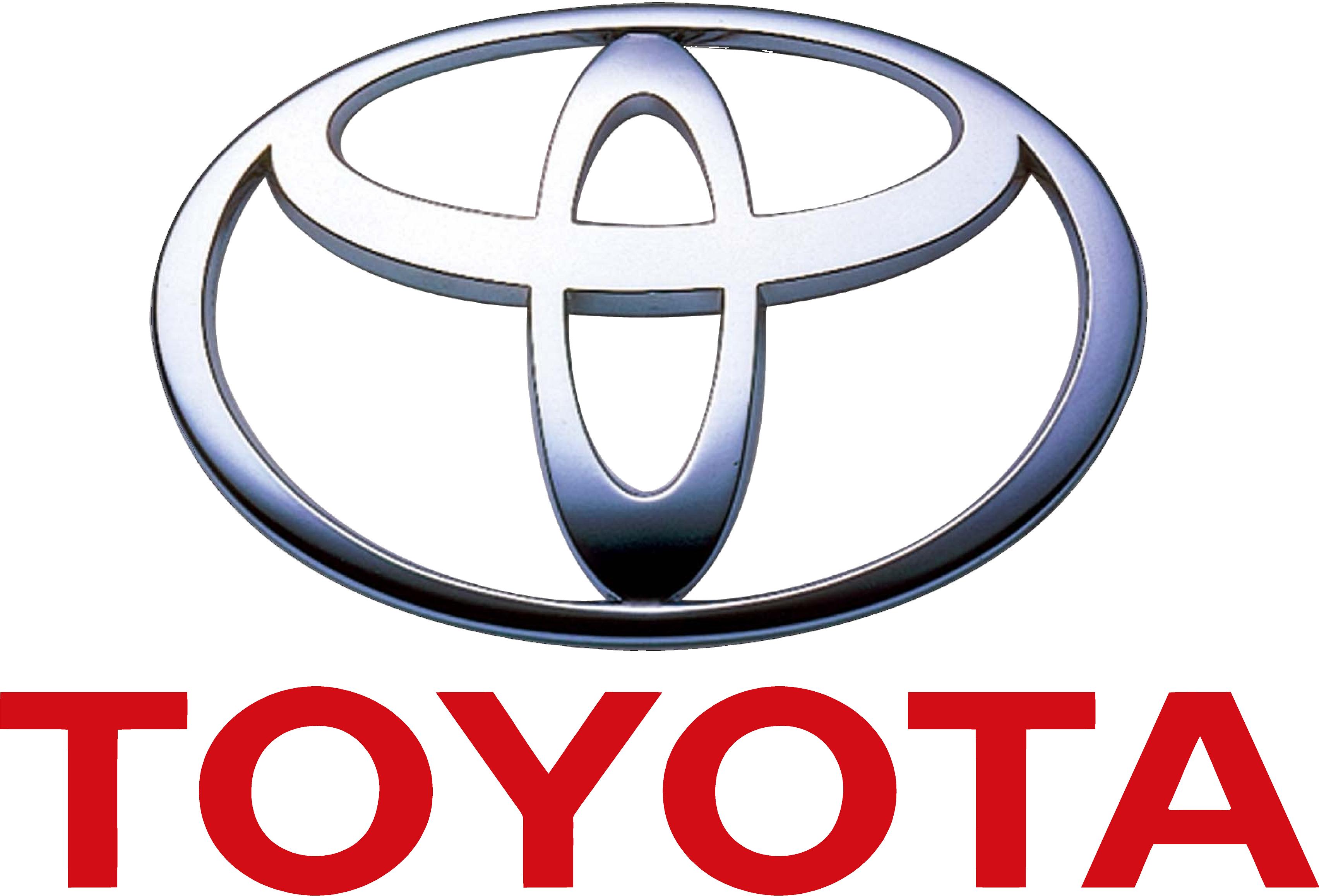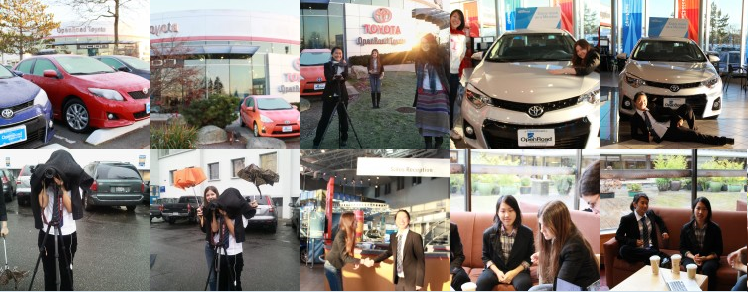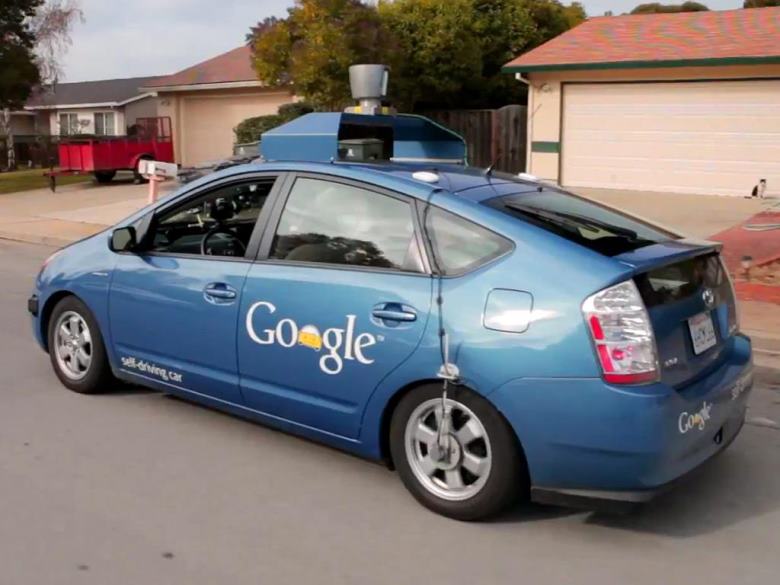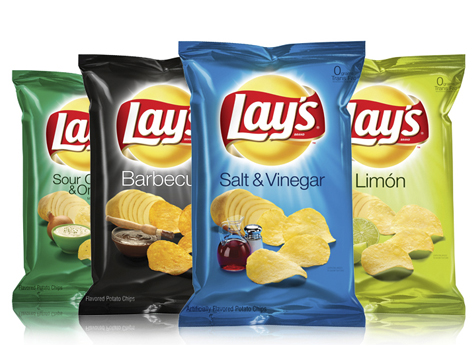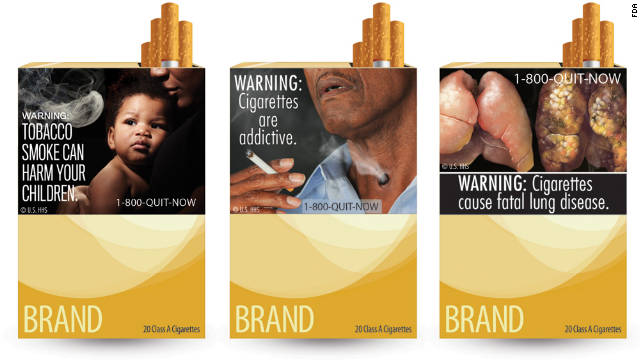Drone cargo ships would be safer, cheaper, and less polluting for the $375 billion shipping industry — Rolls-Royce
If it wasn’t enough that the world (or just GOOGLE mostly) is coming up with the driverless cars while Amazon talked about drones delivering packages, Rolls-Royce has created a virtual-reality drone prototype in Norway that simulates 360-degree views from a vessel’s bridge.

Moore Stephens International, a consulting firm, says that the crew costs account for about 44 percent of operating expenses for a large container ship. Bloomberg Businessweek also mentions that the ships would not only be 5 percent lighter when there is no crews but also would burn up to 15 percent less fuel if replaced the bridge, where the crew lives, with a cargo space and eliminated the crew area (electricity, air conditioning, water, and sewage systems). [Click here for a few more info.]
Although unmanned ships are currently illegal under international conventions, the European Union is providing with a €3.5 million ($4.8 million) funds on a study of unmanned vessels and the researchers are aiming for the simulated sea trials of a digital prototype next year.
While there definitely are concerns for the technology itself, safety, possible job losses and the well-being of the seas and oceans (in terms of the effects on the environment and the ecosystem), the possibility of the drone cargo ships could also create new and different jobs in both software and hardware technology industries and business sectors such as insurance and maritime regulation and operation.
There is a good chance that Roll-Royce’ hope for the drone cargo ships would be more or less in competition with the Amazon’s vision for the drone deliveries by air, especially if the commodities they both delivered are fairly similar. Definitely, it would be interesting to see who is closer to the reality.
 Follow
Follow